44 labelled chloroplast
Labeled Plant Cell With Diagrams | Science Trends Chloroplasts are the organelles responsible for photosynthesis in plant cells. They are the structures that allow plants to absorb the ion-based energy from the sun and converted into usable energy by combining it with carbon dioxide and water. Chloroplasts have pigments and plastids within them. Fluorescence studies on chloroplast coupling factor Abstract. Studies were conducted on: photophosphorylation; coupling factor ATPase activities; coupling factor subunit structure; chloroplast membranes; isolation and characterization of coupling factor; a photon counting system for measurement of very short fluorescence lifetimes; phosphorylation coupling factor from chloroplasts labelled with 5-iodo-acetamidofluorescein; and pH and substrate ...
chloroplast | Definition, Function, Structure, Location, & Diagram Chloroplasts are a type of plastid—a round, oval, or disk-shaped body that is involved in the synthesis and storage of foodstuffs. Chloroplasts are distinguished from other types of plastids by their green colour, which results from the presence of two pigments, chlorophyll a and chlorophyll b.

Labelled chloroplast
Chloroplast: Meaning, Structure, Analogy - Embibe The chloroplast, found only in algal and plant cells, is a cell organelle that produces energy through the process called photosynthesis. The word chloroplast comes from the Greek words 'khloros', meaning "green", and 'plastes', meaning "formed". The diagram of Chloroplast is given below. Fig: A Labeled Diagram of Chloroplast Chloroplast Structure Chloroplast Fact Sheet: Definition, Structure, Genome, and Function ... Chloroplast, found in plant cells and some protists such as algae and cyanobacteria, is a cell organelle known as a plastid. Chloroplasts are the food producers of the cell by converting light energy of the sun into sugar that can be used by the cell. This entire process is known as photosynthesis and it all depends on the high concentration of ... Immunogenic tagging of chloroplasts allows their isolation from defined ... When whole leaves are homogenized, a mixture of labelled and unlabelled chloroplasts is released, but magnetic beads coated with antibodies to the green fluorescent protein (GFP) allow the labelled chloroplasts to be isolated. Chloroplasts from spongy mesophyll, vascular and epidermal cells of Arabidopsis thaliana were obtained in this way, and ...
Labelled chloroplast. Structure of Chloroplast (With Diagram) | Botany - Biology Discussion 1. Chloroplasts (Figs. 295-296), responsible for the photosynthesis of the plants, are the characteristic features of the cells of green plants. ADVERTISEMENTS: 2. Around the chloroplast is present a double membrane envelope. 3. Each membrane of chloroplasst is 35 to 50 Å thick. 4. Many dark-coloured grana are present. Chloroplasts: Definition, Diagram, Structure and Function - Collegedunia Ans. Chloroplast is an organelle and is a unique element to plant cells. It even contains an important element that is important in the process of photosynthesis which is termed as 'Chlorophyll'. These contain carotenoids and pigments of chlorophyll and they even perform the process of photosynthesis. These types of plastids are green in color. Chloroplast - Wikipedia Chloroplasts visible in the cells of Bryum capillare, a type of moss A chloroplast / ˈklɔːrəˌplæst, - plɑːst / [1] [2] is a type of membrane-bound organelle known as a plastid that conducts photosynthesis mostly in plant and algal cells. Draw a neat and labelled diagram of chloroplasts. - Vedantu In all taller plants, chloroplasts are found. It is oval or biconvex, located inside the plant cell's mesophyll. The chloroplast size normally ranges between a diameter of 4-6 μm and a thickness of 1-3 μm. With the presence of external, inner and intermembrane space, they are double-membrane organelles. In a chloroplast known as the grana and ...
Chloroplasts - Structure And Functions - A Level Biology Chloroplasts are the site of photosynthesis in eukaryotic cells. They are only present in photosynthetic cells like plant cells and algae. There are no chloroplasts in animal or bacterial cells. Structure of Chloroplasts Chloroplasts found in higher plants are generally biconvex or planoconvex shaped. Labeling Chloroplast Diagram | Quizlet Only $2.99/month Labeling Chloroplast STUDY Learn Flashcards Write Spell Test PLAY Match Gravity Created by jeanettelopatkaTEACHER Terms in this set (12) thylakoid A flattened membrane sac inside the chloroplast, used to convert light energy into chemical energy. Where "light reactions" take place granum stack of thylakoids lamella how to draw chloroplast | how to draw chloroplast step by step | how to ... Hello Friends, this is my youtube channel and in this channel I used to share videos of different diagrams in easy way and step by step tutorials. These vide... Chloroplast Labels Diagram | Quizlet A disc-shaped structure inside a chloroplast where the light-dependent reactions of photosynthesis take place. Granum. A stack of thylakoids in a chloroplast. Lamellae. Tubes that connect the granum. Inner membrane. The location of the electron transport system.
Chloroplasts: Definition, Structure, Functions - Biology Learner Chloroplasts are double membraned rod-like oval or spherical cell organelles in the cytoplasm of most plant cells that help in photosynthesis. It is a green plastid containing chlorophylls. Animal cells normally lack plastids (all forms of plastids including chloroplasts). Chloroplasts- Definition, Structure, Functions and Diagram - Microbe Notes Chloroplasts are a type of membrane-bound plastids that contain a network of membranes embedded into a liquid matrix and harbor the photosynthetic pigment called chlorophyll. It is this pigment that imparts a green color to plant parts and serves to capture light energy. Chloroplasts can be found in the cells of the mesophyll in plant leaves. Photosynthesis & Chloroplast Diagram Labeling Worksheet A diagram of a chloroplast allows students to label the reactants, products, and locations of the light reaction and Calvin cycle during photosynthesis. Answer key included. A-Thom-ic Science. Chloroplast - Definition, Function and Structure | Biology Dictionary Chloroplasts are the part of plant and algal cells that carry out photosynthesis, the process of converting light energy to energy stored in the form of sugar and other organic molecules that the plant or alga uses as food. Photosynthesis has two stages. In the first stage, the light-dependent reactions occur.
Chloroplast Structure and Function in detail with Labelled Diagram Chloroplast contains chlorophyll and takes part in photosynthesis. The word chloroplast or chloroplastid has a Greek origin. Chloros means green, and plastos means molded. They can be found in plant cells ( Leaf anatomy) and some protists. They were first observed by Leeuwenhoek and N. Grew. Chloroplasts Structure & Characteristics
Chloroplast- Diagram, Structure and Function Of Chloroplast - BYJUS Chloroplasts are found in all higher plants. It is oval or biconvex, found within the mesophyll of the plant cell. The size of the chloroplast usually varies between 4-6 µm in diameter and 1-3 µm in thickness. They are double-membrane organelle with the presence of outer, inner and intermembrane space.
Cell Organelles- Definition, Structure, Functions, Diagram - Microbe Notes A chloroplast is a type of plastic that is involved in photosynthesis in plants and algae. ... Labeled Diagram; Animal Cell- Definition, Structure, Parts, Functions, Labeled Diagram; Prokaryotes vs Eukaryotes- Definition, 47 Differences, Structure, Examples; Amazing 27 Things Under The Microscope With Diagrams; 25 Major Difference Between Plant ...
How to draw chloroplast labelled diagram | of photosynthesis light ... Hello friends in this video I'm going to draw diagram of chloroplast of photosynthesis of light reaction... #chloroplast #photosynthesisHow to draw chloropla...
Draw a well labelled diagram of structure of choroplast - Toppr Ask Draw a well labelled diagram of structure of choroplast . Medium Solution Verified by Toppr Ultrastructure of chloroplast: Chloroplasts in higher plants are oval or disc shaped. They are 10 micro meter in length and 2 to 4 micro meter in diameter. Chloroplasts have double membrane envelop, an outer membrane and an inner membrane.
Label the Chloroplast - Labelled diagram Drag and drop the pins to their correct place on the image.. Outer membrane, Inner membrane, Granum , Stroma, Lumen, Thylakoids.
Chloroplast Stock Photos, Pictures & Royalty-Free Images - iStock Browse 36,499 chloroplast stock photos and images available, or search for chloroplast structure or chloroplast micrograph to find more great stock photos and pictures. Chloroplast, plant cell organelle. Chloroplast, plant cell organelle. 3d image isolated on white. Round, green chloroplasts in plant cells of anacharis or waterweed, Egeria densa.
Chloroplast in Plant Cell - Definition, Characteristics, Video ... Chloroplast in a plant cell exists as a membrane-bound cell organelle and contain chlorophyll pigments that are absent in the animal cells. The study of chloroplast was first carried by a scientist named Hugo Von Mohl in the year 1837.. After his study, it was found that the chloroplasts were the type of plastids and named "Chloroplastids" by scientist Schimper in 1883.
Explain the structure of the chloroplast. Draw a neat labelled diagram. Draw a neat labelled diagram. Medium Solution Verified by Toppr The chloroplast is a structure which is surrounded by two unit membranes separated from one another by a space called periplastideal space. The heterogeneous nature of chloroplast is due to the presence of disc-like structures i.e., grana, in a colourless matrix called stroma.

4.1.1 What is the structure of a chloroplast | Photosynthesis, Teaching biology, Photosynthesis and cellular respiration
Focus: Organelles: Sustaining Life: Maintaining Chloroplasts and ... In chloroplasts, as the nucleoids are distributed throughout the chloroplast associated with the thylakoids this likely ensures equal segregation to the equally sized daughters. In Angiosperms this fairly equal segregation was shown by pulsing and chasing 3 H-thymidine labelled cpDNA into daughter chloroplasts [ 30 ].
PDF 198 Chloroplasts SF - CXC® CAPE® Biology Resources For Caribbean Students Chloroplasts are the site of photosynthesis in green plants. This is the process by which carbon dioxide and water are converted into organic chemicals using light as a source of energy. Oxygen is produced as a very useful by-product of the reaction.
Immunogenic tagging of chloroplasts allows their isolation from defined ... When whole leaves are homogenized, a mixture of labelled and unlabelled chloroplasts is released, but magnetic beads coated with antibodies to the green fluorescent protein (GFP) allow the labelled chloroplasts to be isolated. Chloroplasts from spongy mesophyll, vascular and epidermal cells of Arabidopsis thaliana were obtained in this way, and ...
Chloroplast Fact Sheet: Definition, Structure, Genome, and Function ... Chloroplast, found in plant cells and some protists such as algae and cyanobacteria, is a cell organelle known as a plastid. Chloroplasts are the food producers of the cell by converting light energy of the sun into sugar that can be used by the cell. This entire process is known as photosynthesis and it all depends on the high concentration of ...
Chloroplast: Meaning, Structure, Analogy - Embibe The chloroplast, found only in algal and plant cells, is a cell organelle that produces energy through the process called photosynthesis. The word chloroplast comes from the Greek words 'khloros', meaning "green", and 'plastes', meaning "formed". The diagram of Chloroplast is given below. Fig: A Labeled Diagram of Chloroplast Chloroplast Structure



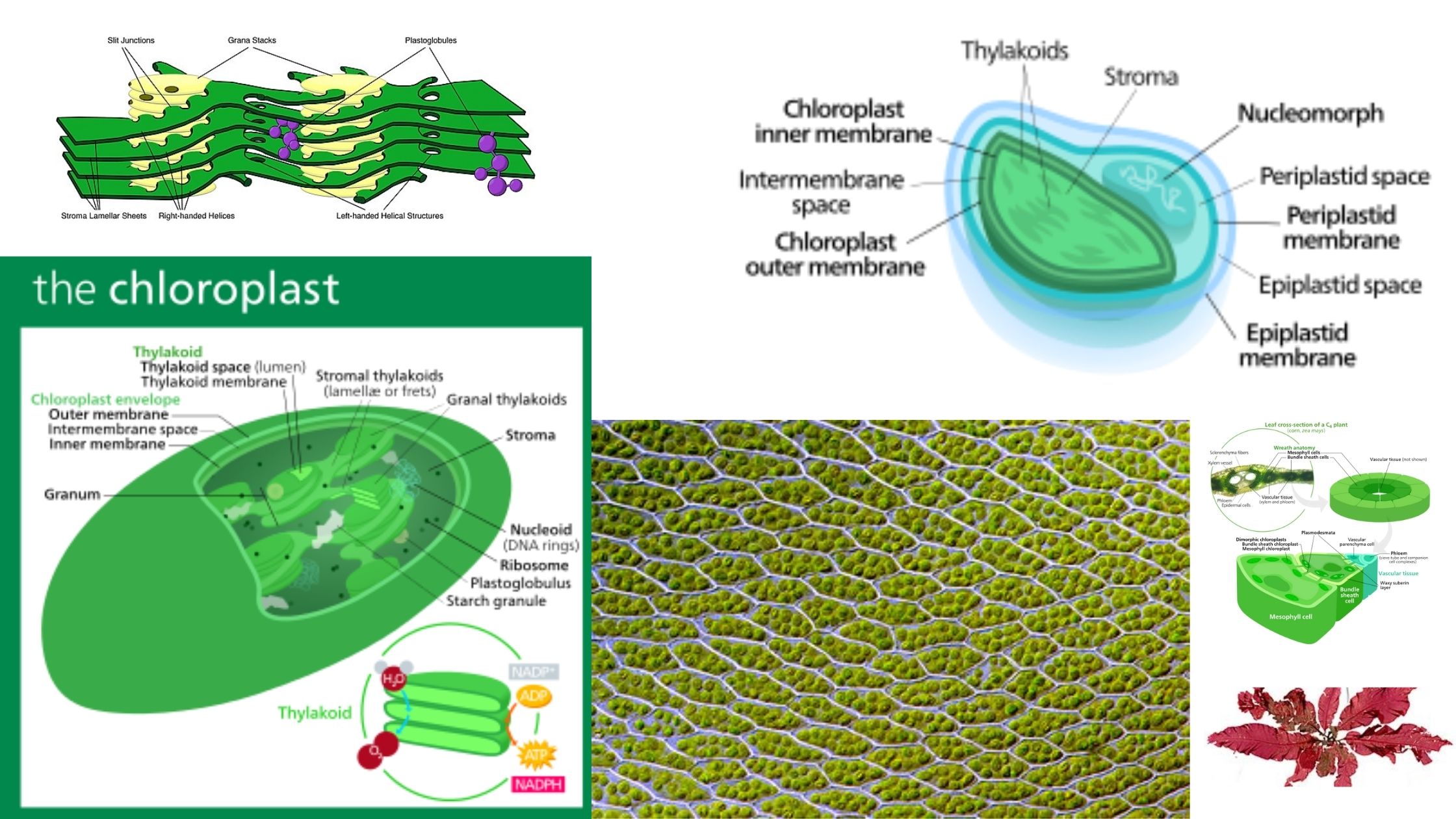




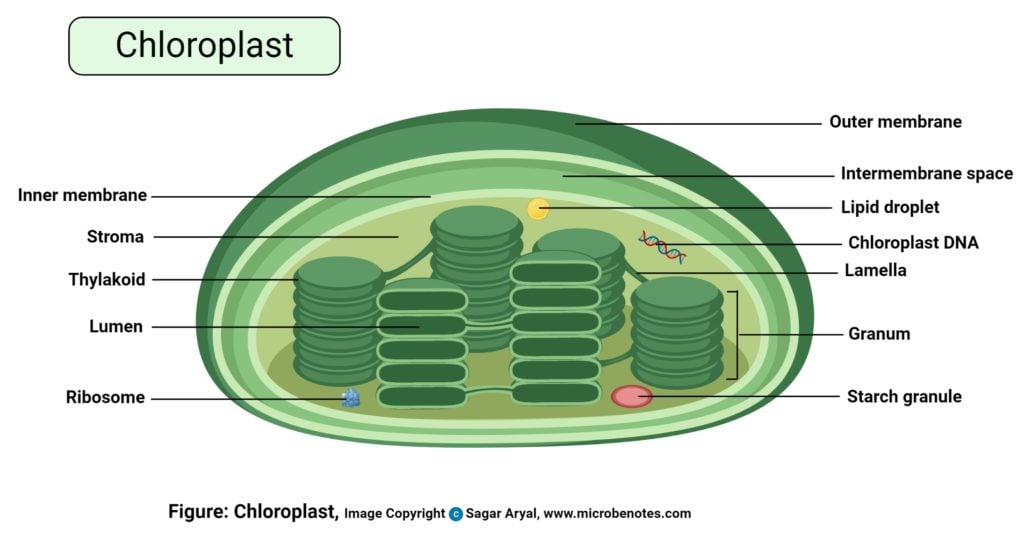
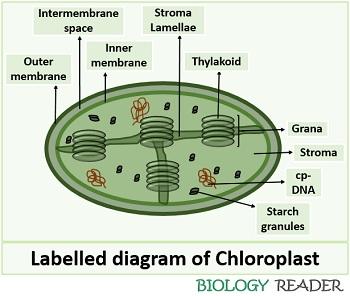


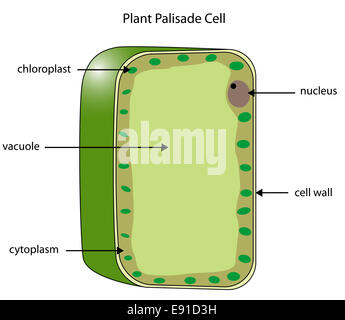






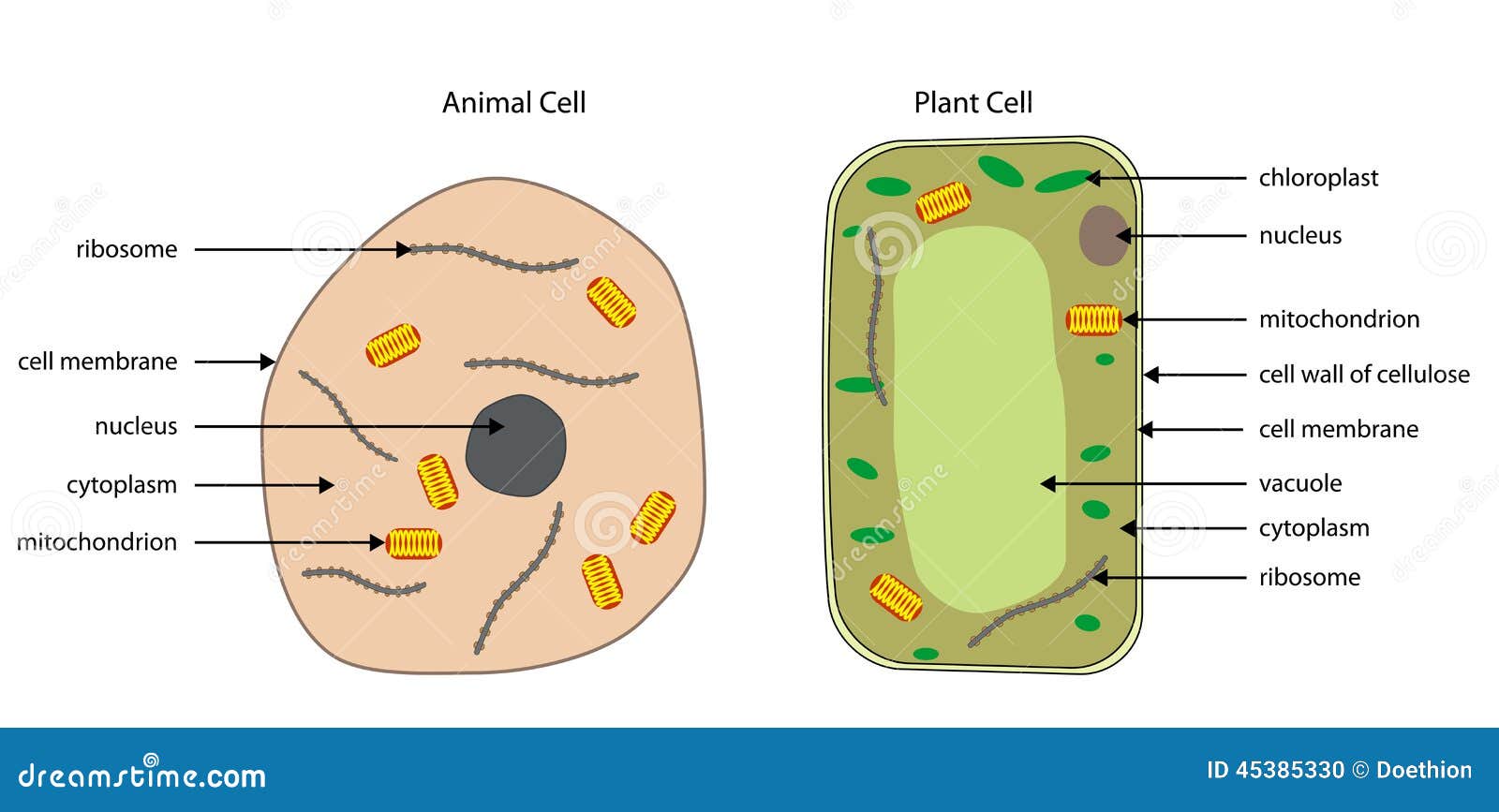







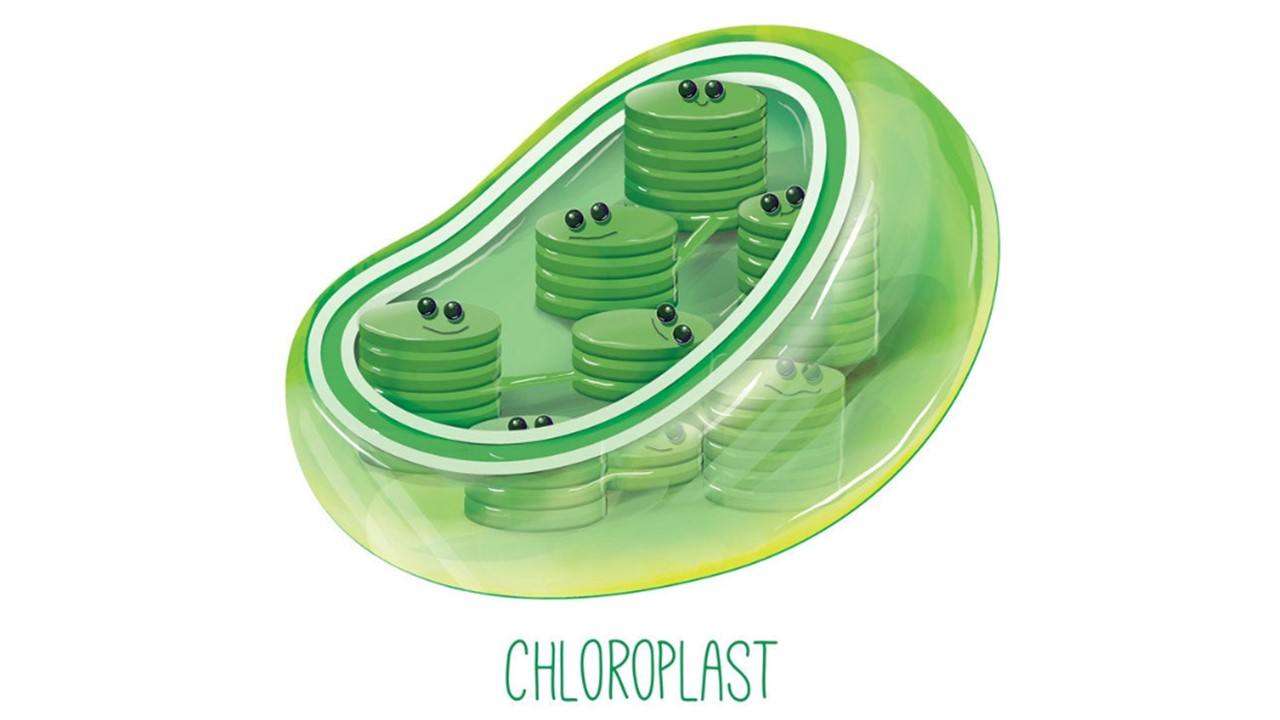
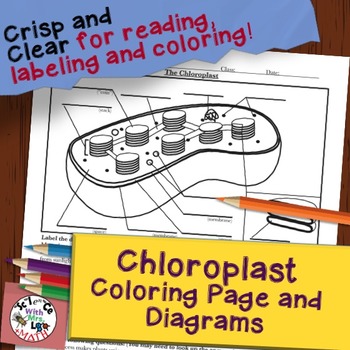




Post a Comment for "44 labelled chloroplast"